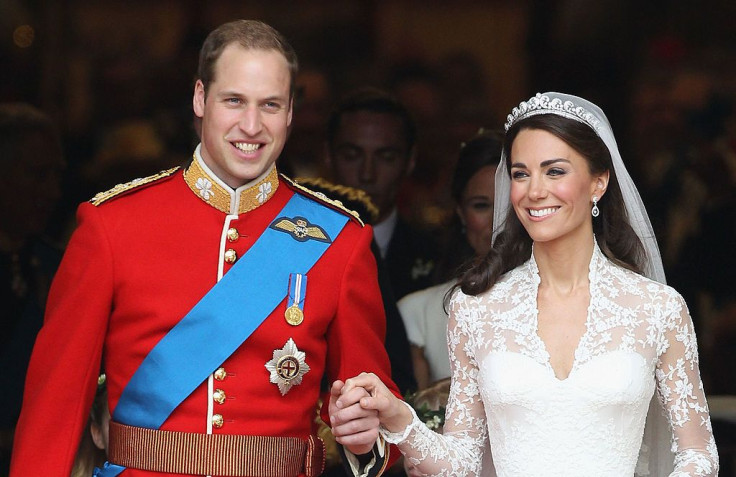Prince William and Kate Middleton already celebrated their ninth wedding anniversary early this year. With three cute little kids, theirs is a perfect picture of a happy royal family.
Royal family fans also celebrate the fact that Kate and William’s union is the perfect example of a successful marriage between a commoner and an heir to the throne. The last time this happened was way back in the 17th century, when James II married Anne Hyde.
But not everyone agrees that Prince William’s marriage to Kate Middleton is that special. Historian David Starkey insisted that the British royal family in the past, with the exception of Queen Victoria’s children, who mostly married into different European royal houses, has always been class fluid and did not follow class-bound traditions when it comes to marriage.
“He’s a Prince from one of the oldest royal houses in Europe. She’s a commoner descended from Durham coal miners. This is a break from tradition, this is revolutionary,” Starkey described the narrative of Kate and William’s marriage.
But that’s not how he views things. The historian thinks that it’s “Absolute nonsense!” “This isn’t a new beginning for the monarchy — it’s scarcely even a new chapter,” he explained.
Starkey explained that before German Hanoverian monarchs rose to power in the eighteenth century, many royal marriages did not follow class-restricting traditions at all. For instance, Edward IV married Elizabeth Woodville, who was the daughter of servants in 1464.
In the historian’s eyes, Prince William and Kate Middleton are equals in many ways, and their relationship shows that British social hierarchy is fluid. “They’ve lived together, separated, got together again — they’ve done what any sensible middle-class couple does,” Starkey said.
Starkey also pointed out that social hierarchy can be influenced by wealth. “What has always been true is how incredibly fluid class is: it’s money-driven, if you can buy your child the right privileges, that’s all that matters,” the historian explained. “Kate Middleton has proved that under the right circumstances, the social ladder can be climbed with relative ease.”
While Princess Diana was technically a commoner before she married Prince Charles because she was not a peer of the realm, many view the late royal as above the usual commoner. “Yet this designation doesn’t change the fact that Diana was an aristocrat who’d been born into a noble family that had been a part of English history for centuries — so being a commoner didn’t make her common by any means,” wrote Biography.
“With money and a distinguished title, the Spencers were powerful enough to be one of the families that installed King George I on the throne in the 18th century,” the site continued. This explains why, despite Diana technically being a commoner, her union with Charles was not compared to that of James II married to Anne Hyde, as well as William and Kate.

© 2025 Latin Times. All rights reserved. Do not reproduce without permission.




